The ASUS TUF X99 Sabertooth Review
by Ian Cutress on July 22, 2015 10:00 AM EST- Posted in
- Motherboards
- Asus
- TUF
- X99
ASUS TUF X99 Sabertooth Software
The regular set of bytes reserved for ASUS’ software falls in the lap of AI Suite 3, which we’ve covered at AnandTech numerous times before. The TUF line of motherboards is in most regards similar, with fast charging and USB boost technologies included, however the main feature is no longer overclocking. Rather than promote overclocking (even on an overclockable chipset and an OC socket installed), the focus for AI Suite is monitoring and control. As a result we get Thermal Radar instead of 5-Way Optimization:
In a similar context to 5-Way Optimization though, users can either go through each option manually and adjust to their liking or use a couple of clicks and let the system configure it all for itself. On the image above, the left hand side has all the temperature sensors with the three thermistor headers at the bottom for allocation:
Because two self-build systems are rarely alike, the software also allows the configuration of each fan placement within the chassis:
After a quick test, the software will produce appropriate fan profiles for each to minimize dead zones. If you accidentally happen to put a liquid cooling pump power connector into the CPU fan, you might get a fan profile like this:
After the system is finished, the user can fine tune each setting including Fan Overtime and Dust-de-fan:
With a compatible video card, the fan on the GPU can also be controlled with acceleration and deceleration (i.e. hysteresis) time allowing the heat generated during the game to be dispelled quicker at the end of gameplay.
ASUS offers an overall assessment of the cooling capabilities of the system, along with a rating:
Fan speeds, temperatures and voltage can also be recorded in the Recorder menu option:
Similarly to the BIOS and previous AI Suite implementations, we also get access to the digital power options. It might seem odd in this circumstance to include them, but reducing the impact of the power delivery can help in reducing overall temperatures.
ASUS is also using a skinned version of cFos for network management. This allows the user to prioritize the network usage of certain programs over others by either using the presets or manual adjustment:
A more detailed set of options, such as tracking overall bandwidth usage, is also present.
Other features in the ASUS software suite include:
AI Charger: Allows quick charging on BC1.1 compliant devices on certain USB ports.
USB 3.1 Boost: For suitable devices, implements a newer USB protocol to improve USB 3.0 and USB 3.1 speed.
EZ Update: Connect to the web to download updates. I’ve never had it work though.
System Information: Breakdown of the hardware specifications for motherboard, CPU and DRAM.
USB BIOS Flashback: Prepare a USB with a BIOS for updating, or save the current BIOS.
USB Charger: Allows for fast charging while in sleep/hibernate on certain ports only.
Push Notice: Setup a messaging system to another device in case of system errors.


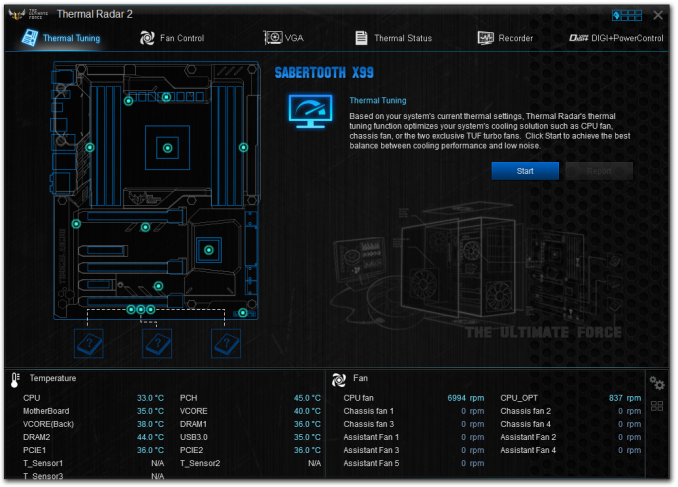
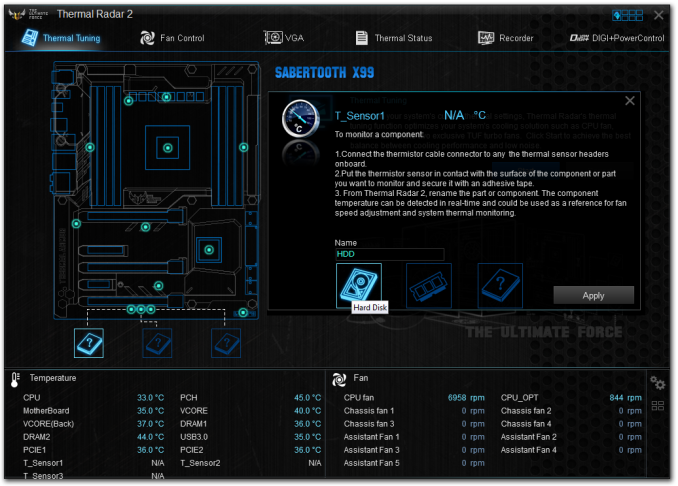
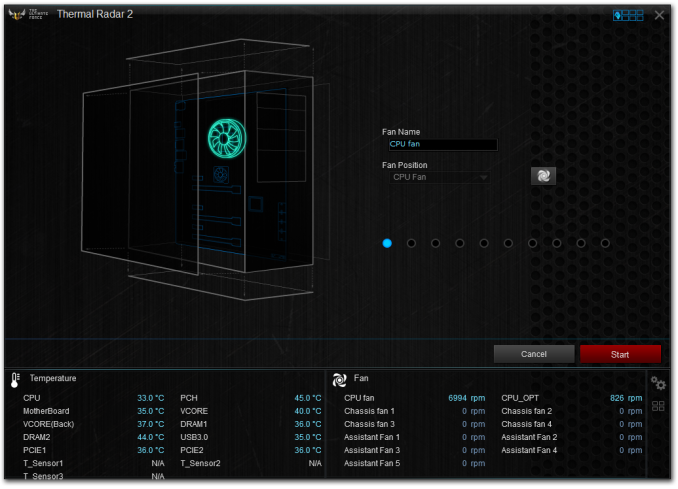
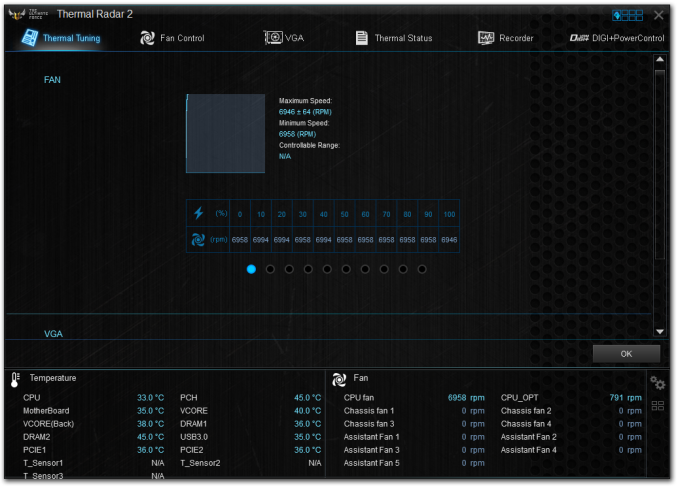
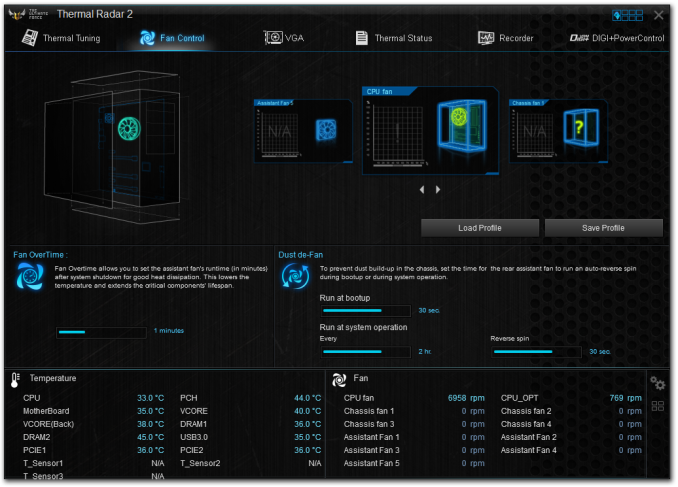
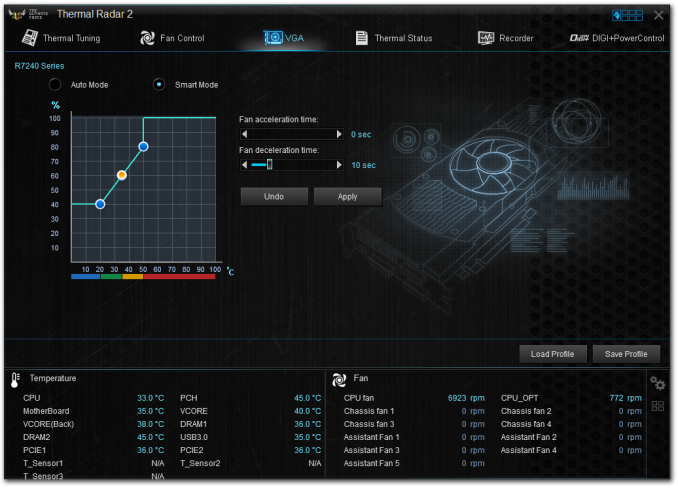
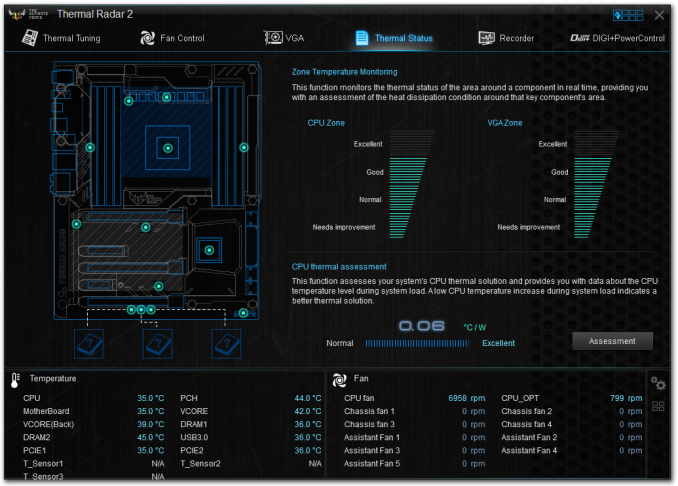
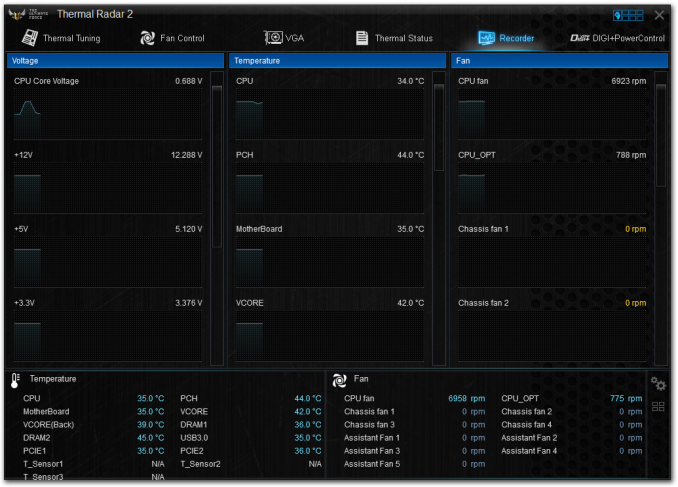
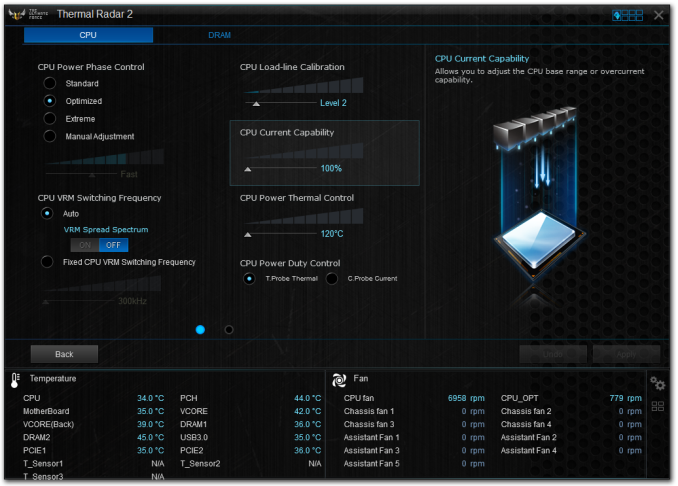
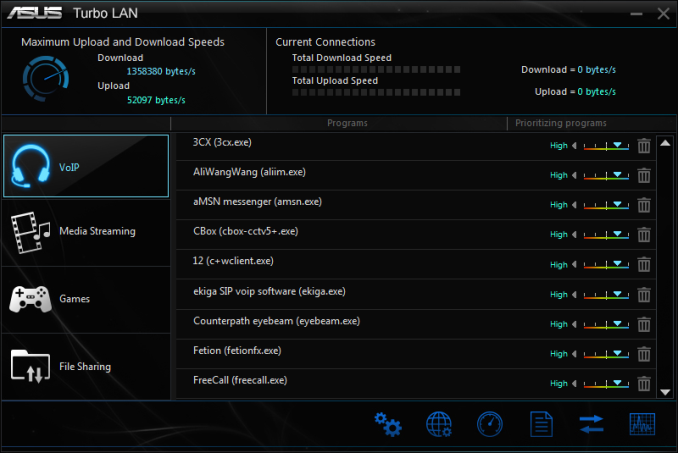
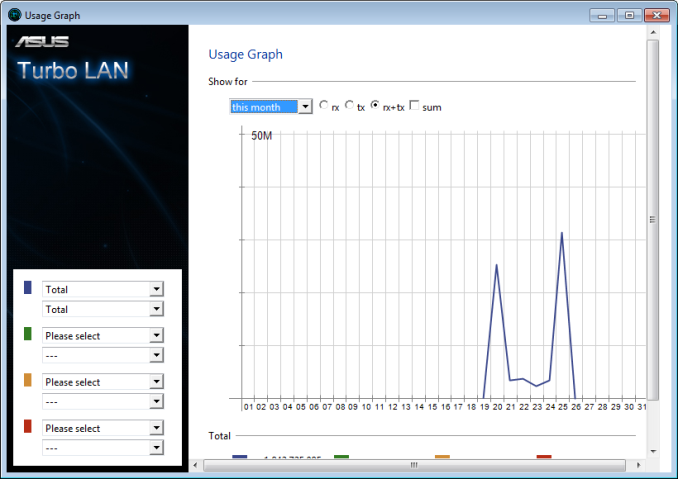














57 Comments
View All Comments
sonny73n - Thursday, July 23, 2015 - link
Purely aesthetic. It's not good for heat dissipation and it can't block fine dust either.s0urce - Thursday, July 23, 2015 - link
The board includes a fan to move air underneath the armor, not needed but as an option.Gigaplex - Wednesday, July 22, 2015 - link
"In this orientation, the drive can be booted from, but the OS has to be installed via a UEFI install. This means there has to be the appropriate boot profile in the OS, which most modern versions of Windows have (though my Windows 7 SP1 install did not)."Can you elaborate? Windows 7 supports UEFI. What specifically is Windows 7 lacking that prevented it from working?
evilspoons - Wednesday, July 22, 2015 - link
I think you have to install Windows 7 in UEFI or in "traditional" mode, it can't switch back and forth. They probably have some sort of base image they're working off of with all their test tools and that test image goes to MBR/BIOS/whatever it's called mode.I had that kind of problem with my Z868-V PRO, it can technically boot Win7 in UEFI or BIOS mode, but it doesn't provide a nice way to specify which and the Win7 installer gets confused. This lead to me being unable to use a full-disc image backup created by Win7.
Gigaplex - Thursday, July 23, 2015 - link
I guess that depends on how it is imaged. The standard Windows installer uses a WIM image and that can install the image as either BIOS or UEFI depending on which bootloader was used. If they're using the Windows AIK to build and apply the image I'd expect it to work in the same way.althaz - Wednesday, July 22, 2015 - link
Why do so few motherboard manufacturers care about POST times. I'm nearly ready for an upgrade. My PC currently posts then loads windows in ~6 seconds (Windows 8.1, haven't tested it since switching to Win 10). If it blows out to 10 seconds...I guess I could deal with that. Any longer and I am *not* interested.For those that care I have an Intel board with quick-boot enabled and Asus' XXX-Deluxe motherboards are also usually quick as hell (but have to be configured to POST quickly, out of the box they are sloooowwww).
Gigaplex - Thursday, July 23, 2015 - link
Quite a few care, and Asus is one of them. The problem is that lots of extra controllers plus the X99 platform itself doesn't lend well to low POST times.DanNeely - Thursday, July 23, 2015 - link
X99 boards are also hindered in that they have more hardware (28/40 PCIe lanes vs 16, 4 dram controllers vs 2) that needs initialized at startup.khanikun - Thursday, July 23, 2015 - link
Probably cause no one really cares all that much. Most enthusiasts probably only reboot once a month, if not longer between gaps.I had a machine that took over 2 minutes to even start attempting to boot Windows. It had to go through 3 raid controllers and had staggered hdd spin up.
gammaray - Friday, July 24, 2015 - link
i got an i7 4770k with a Z87 mobo, why would i need a x99 board? i still don't get it.